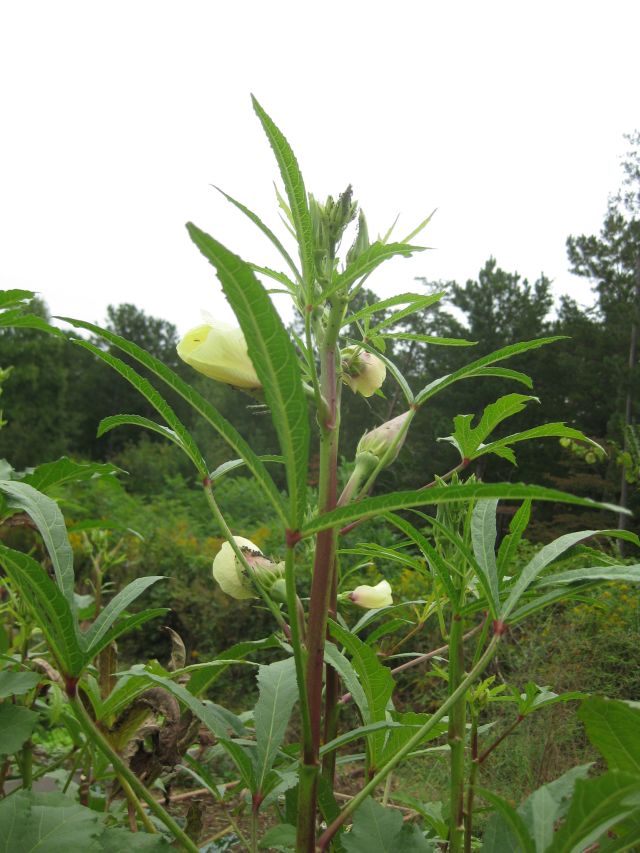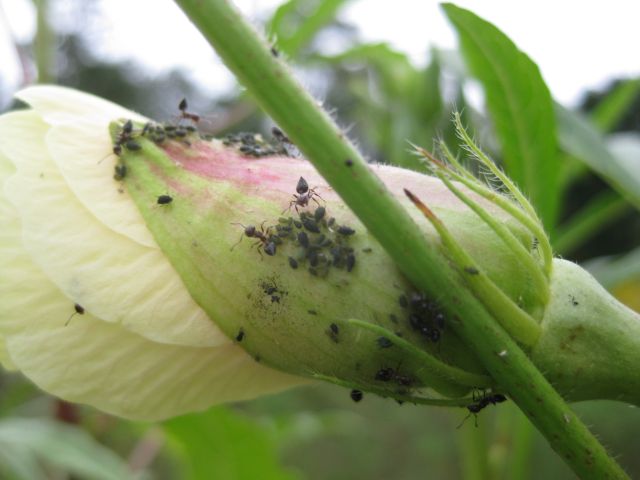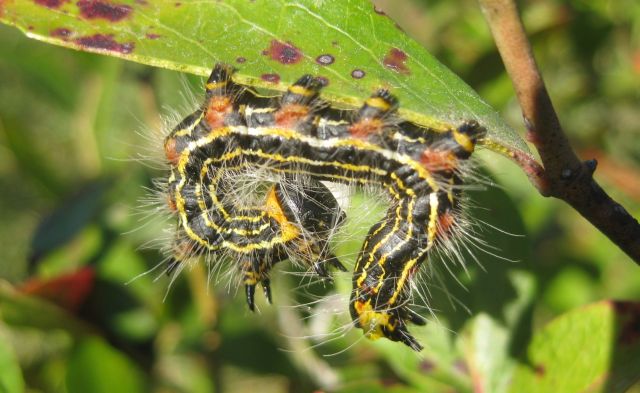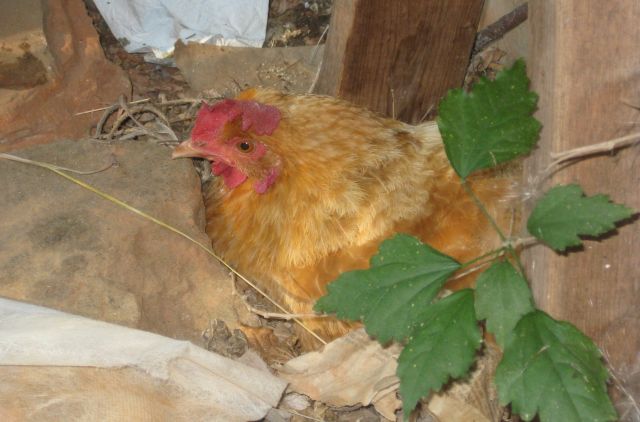I had my best harvests this year. Everything did well and while the weather, rains and fewer pests all helped, mostly I think is I am getting better at growing. (I mention rains because all my irrigation is with rainwater). Last year, my first with sweet potatoes, I produced finger sized specimens. This year, tho I left it a bit late, they are big.

Pest pressure has been minimal which I attribute to increased biodiversity and natural predators etc. tho this week I noticed two instances – aphids on an okra plant and caterpillars on a blueberry bush.

The ants guard and farm the aphids zealously and when my finger strayed too close it was promptly nipped.

I let them be hoping to see natural defenses kick in but over the past few days I only spotted on lady bug. The aphids have not spread and so it is a localized minor issue.
My blueberries produced well and I am motivated to care for them and so I often hand water with a hose. The pressure of the water jiggled the blueberry and a sudden writhing motion on leaves caught my attention.

There were several such clusters and at first I thought I would leave them be and see if birds or other predators would step up. However I noticed an individual hard at work.

So I snipped off the stems and dropped them into a 5 gal bucket partially filled with water and, when they were no more, added them to the compost heap.
At the beginning of the season we had two broody hens. One sat in the nest boxes throughout the day and tho she was partially cured by a few days of solitary, she is back at it again. The other, Randa, is more interesting. She is a flier and is smart. Throughout the year, while the others dig around in the paddocks, Randa flies over the 5ft perimeter fence and works over the compost heap and visits below the deck for bird seed.
In May she disappeared for two weeks and only emerged, briefly, after a weekend of heavy rains, thoroughly bedraggled. I found she had a nest in the brush with 15 eggs. We did not want more chicken specially as half would be roosters and we don’t want to do in young roosters. So we ended that process.
Then a week ago she disappeared and we looked in the brush but no Randa. Where is Randa? Eventually I looked in the greenhouse, and there she was.

And she was atop 13 eggs, almost as many as her last nest of 15 eggs.

And the same dilemma as last time – she wants to hatch eggs and I do not want any roosters or more hens. So I will probably end this process, for my needs irrespective of hers. I have a neighbor in Atlanta who loves cats and had them declawed and keeps them indoors thus denying them their natural inclinations. But am I any better when I move Randa from her eggs and destroy them and bury the remains in a hole beside a fruit tree?
